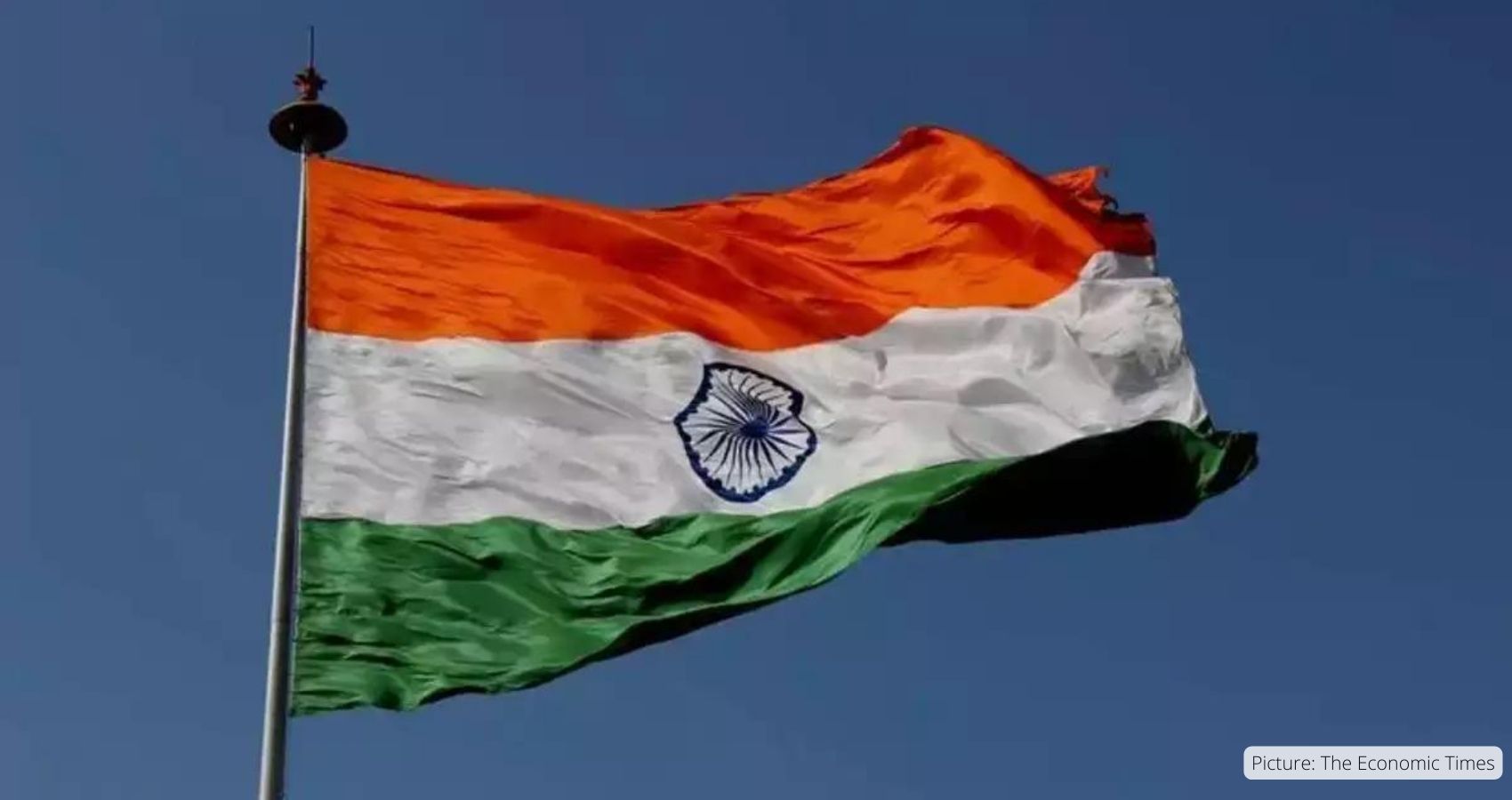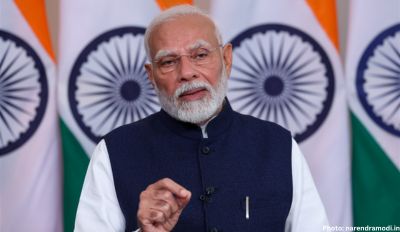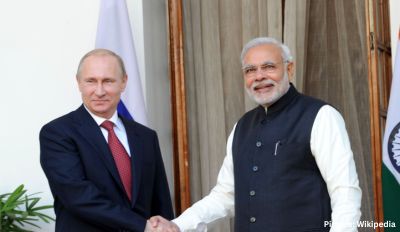India, currently the world’s fifth-largest economy, is on a trajectory to surpass Japan and become the third-largest economy by 2030, with a projected GDP of USD 7.3 trillion, according to S&P Global Market Intelligence’s recent PMI report.
After experiencing rapid economic growth in 2021 and 2022, the Indian economy has sustained its robust expansion into the 2023 calendar year. India’s GDP is expected to grow by 6.2-6.3 percent in the fiscal year ending in March 2024, positioning it as the fastest-growing major economy for the year. Notably, Asia’s third-largest economy expanded by a remarkable 7.8 percent in the April-June quarter.
S&P Global predicts that the Indian economy will continue its rapid expansion throughout the remainder of 2023 and into 2024, driven by strong growth in domestic demand. This growth is further supported by a surge in foreign direct investment over the past decade, reflecting the favorable long-term growth outlook for India. Factors contributing to this outlook include a youthful demographic profile and rapidly rising urban household incomes.
The report forecasts that India’s nominal GDP, measured in USD, will rise from USD 3.5 trillion in 2022 to USD 7.3 trillion by 2030. At this rate, India’s GDP is expected to surpass Japan’s GDP by 2030, positioning India as the second-largest economy in the Asia-Pacific region. By 2022, India’s GDP had already exceeded that of the UK and France, and by 2030, it is projected to surpass Germany.
The current largest economy in the world is the United States, with a GDP of USD 25.5 trillion, constituting a quarter of the global GDP. China follows as the second-largest economy with a GDP of approximately USD 18 trillion, making up nearly 17.9 percent of the world GDP. Japan is a distant third with a GDP of USD 4.2 trillion, trailed by Germany with a GDP of USD 4 trillion.
The long-term outlook for India’s economy is supported by several key growth drivers. One of the primary factors is the substantial and rapidly growing middle class in India, which is fueling consumer spending. India’s expanding domestic consumer market, coupled with its large industrial sector, has made it an attractive investment destination for multinational corporations across various sectors, including manufacturing, infrastructure, and services.
India’s ongoing digital transformation is expected to accelerate the growth of e-commerce, reshaping the retail consumer market over the next decade. Leading global technology and e-commerce companies are increasingly drawn to the Indian market, recognizing the immense potential it holds.
By 2030, an estimated 1.1 billion Indians will have internet access, more than doubling from the approximately 500 million internet users in 2020. This growth in e-commerce, coupled with the transition to 4G and 5G smartphone technology, is fostering the success of home-grown companies like Mensa Brands, Delhivery, and BigBasket, whose e-sales have seen significant growth during the pandemic.
India’s substantial increase in foreign direct investment (FDI) inflows over the past five years has continued, with strong momentum even during the pandemic years of 2020-2022. Notably, global technology giants such as Google and Facebook have been drawn to India’s vast and fast-growing domestic consumer market, contributing to the robust FDI inflows. Additionally, there has been a noticeable upswing in FDI from manufacturing firms.
India is expected to remain one of the world’s fastest-growing economies over the next decade. This positions India as a pivotal long-term growth market for multinational corporations spanning diverse industries, including manufacturing sectors such as automobiles, electronics, and chemicals, as well as services industries like banking, insurance, asset management, healthcare, and information technology.











